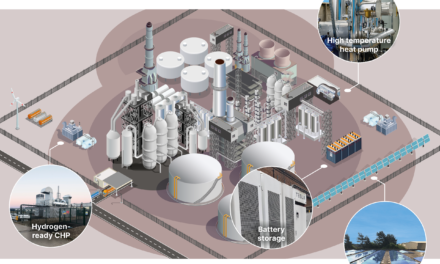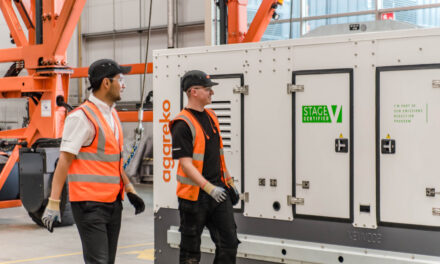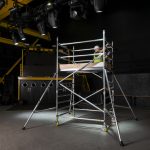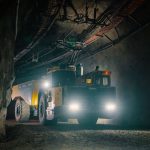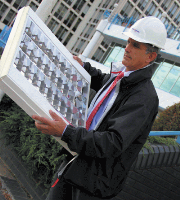 The European Commission (EC) is taking a tougher stance on the use of raw materials and as such, the recovery of these materials from waste products is becoming increasingly important. Ernest Magog of Lumicom explains how this reinforces the need to recycle end of life lighting products
The European Commission (EC) is taking a tougher stance on the use of raw materials and as such, the recovery of these materials from waste products is becoming increasingly important. Ernest Magog of Lumicom explains how this reinforces the need to recycle end of life lighting products
The European Commission’s Raw Materials Initiative adopted a new strategy earlier this year in a bid to address the decline in availability of raw materials. This strategy comprises three key elements – promoting recycling through the WEEE Directive, boosting resource efficiency and fostering a sustainable supply.
The first of these not only reinforces initiatives that are already in operation but will also increase the pressure on building owners and operators to ensure they comply with the relevant waste regulations. And, while this article focuses on lighting products, the same principles can be applied to all types of waste.
Clearly, recycling of materials that have already been used in products is a vital component of this strategy so the EC is also developing ‘end of waste’ criteria. This includes rules for ferrous metals, aluminium, copper and glass – all of which are found in lighting equipment.
Higher recycling rates will reduce the demand for primary raw materials, help to reuse valuable materials (which would otherwise be wasted), and reduce energy consumption and greenhouse gas emissions from extraction and processing.
‘Urban mining’, which is the process of extracting useful materials from waste, is one of the main sources of metals and minerals for European industry. The use of these so-called ‘secondary raw materials’ contributes to resource efficiency, the reduction of greenhouse gas emissions and to the preservation of the environment.
However, the full potential of many of these resources is not being exploited and there are large differences in the situation of the member states. Given pressures to reduce carbon emissions, protect human health and reduce external dependence, the barriers which prevent recycling need to be further addressed. The commission considers that these barriers fall into three broad categories – ‘leakage’ of waste to sub-standard treatment inside or outside the EU, obstacles to the development of the recycling industry and inadequate innovation in recycling.
In addressing these barriers, the commission has outlined a number of proposals that include ensuring best practice in the collection and treatment of key waste streams, with particular emphasis on those that contain raw materials with a negative impact on the environment.
 A closed loop approach
A closed loop approach
One of the key ways to contribute to this laudable aspiration is to adopt a ‘closed loop process’ wherever possible. A closed loop process is found when end of life products are recycled back into the manufacturing process, and this is something that is increasingly being accepted – not least because it’s common sense. And it’s far better than the traditional approach of procuring, using and throwing away.
So a closed loop process is about a circular model of living – we create things, we use them in one way and then we find another way to use them.
This is where the compliance schemes come in because it is these schemes that create the infrastructure to support a closed loop process. In the case of lighting products for instance, discarded light fittings are often shredded and used to make new light fittings (once all of the components have been removed). Similarly, the glass from lamps (after cleaning) can be recovered for use in a wide range of manufacturing processes and the same is true of any ferrous and non-ferrous metals that are also recovered.
The building operator has a key role to play in facilitating the maximum levels of recycling, thereby complying with the regulations, through the way that such waste is managed on-site. Staying with the lighting example, it is essential that the components of a light fitting are separated as they will enter different waste streams. Discharge lamps, for instance, are classified as hazardous waste and will need to be treated accordingly. Also, components such as ballasts and emergency lighting batteries should be segregated from the fittings.
However, the onus of managing the situation should not fall solely on the shoulders of the building operator as compliance schemes need to do their bit as well – not least because they cover the costs of disposal. In the case of products installed before 13th August 2005, the producer of any replacement equipment bears the cost. For products installed later than that date, the cost falls to the producer of the waste that is being discarded.
Summary
Clearly this could become quite complex when dealing with many manufacturers so one way of avoiding this complexity is to source lighting products from manufacturers that are all part of the same compliance scheme. That way, in representing its members, the compliance scheme provides straightforward access to the waste management infrastructure and helps to ensure that the loop remains closed.

